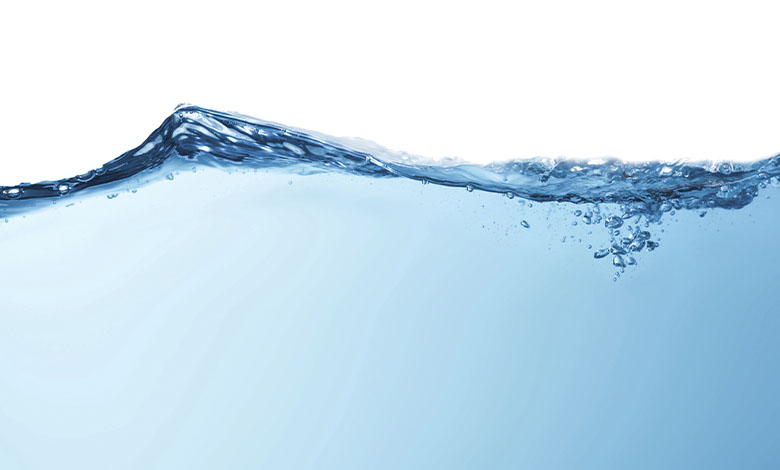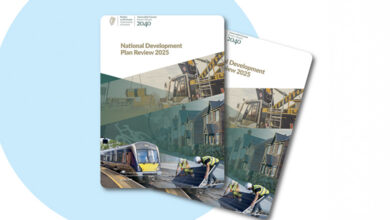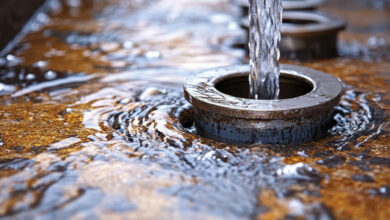European Commission announces Water Resilience Strategy

The European Commission has launched a Water Resilience Strategy aimed at strengthening Europe’s ability to cope with growing water challenges, including drought, flooding, and pollution.
The Water Resilience Strategy forms part of the European Union’s broader climate adaptation framework and aims to tackle structural vulnerabilities in water systems across the EU. The strategy, announced as a key priority in the 2024-2029 Political Guidelines of the European Commission, introduces a new approach to water governance, with an emphasis on restoring water ecosystems, improving infrastructure, and strengthening cross-border cooperation.
According to the Commission, by 2030, global demand for water will outpace supply by up to 40 per cent. Meanwhile, pollution and climate-related pressures, such as drought and flooding, are placing significant stress on European water systems. The strategy is the EU’s response to a confluence of longstanding risks and emerging threats.
The strategy outlines a shift from reactive crisis management to proactive planning and investment. At the centre of this change is a broad commitment to restore the natural water cycle from source to sea as a way to build resilience and ensure water availability in the long term.
The Commission highlights the growing cost of inaction, outlining that highly persistent pollutants such as per- and polyfluoroalkyl substances (PFAS) are accumulating in European waters, with health-related costs estimated at between €52 billion and €84 billion annually. The strategy proposes better enforcement of existing water protection laws, alongside green infrastructure projects that enable water retention and natural filtration at source.
Economic and digital transformation
The water sector, already a significant contributor to the EU economy, is also positioned as a driver of innovation and competitiveness. The EU currently holds 40 per cent of all global patents in water technology and generates €107 billion annually from the sector, which supports 1.7 million jobs.
As part of the strategy’s goal to build a “water-smart” economy, member states are being encouraged to reduce water consumption and increase efficiency by 10 per cent by 2030. This includes a push to modernise water distribution networks and reduce leakage, in part by increasing uptake of digital tools such as real-time monitoring, data-driven infrastructure planning, and artificial intelligence (AI).
The Commission commits to provide technical guidance to support water-efficient technologies in agriculture, industry, and urban planning, including best practice examples and access to EU climate adaptation tools like Copernicus and the European Climate Adaptation Platform.
Cooperation
Ensuring access to clean and affordable water for all remains a key principle underpinning the strategy. The Commission aims to improve public awareness of water challenges by supporting education and outreach programmes, as well as ensuring water pricing structures are fair and sustainable.
In parallel, the EU will expand its global water partnerships, promoting resilient water systems in neighbouring countries and the global south, where the impact of climate-driven water scarcity is often most acute.
To support transparency and stakeholder participation, the Commission has announced that it will convene a biannual Water Resilience Forum, with the first meeting to take place in December 2025. The forum will bring together member states, industry, civil society, and researchers to monitor implementation, exchange expertise, and adapt policy as needed.
Strategic pillars
Delivery of the Water Resilience Strategy is centred around five priority areas:
- Governance and enforcement: Strengthening member state compliance with EU water laws and integrating water resilience into broader climate adaptation plans.
- Investment and infrastructure: Mobilising public and private investment in water infrastructure, nature-based solutions, and pollution control.
- Digitalisation and AI: Accelerating deployment of digital water management technologies across sectors.
- Research and innovation: Supporting R&D and innovation in water-related technologies and practices.
- Security and preparedness: Enhancing risk assessments and resilience against floods, droughts, and contamination events.
In support of these pillars, the Commission states that it will also revisit existing legislation, including the Water Framework Directive, with a view to strengthening protections for aquatic ecosystems and water supply in the post-2027 legislative cycle.
The Water Resilience Strategy builds on the EU’s long-term vision for water security and climate adaptation, outlined at the 2023 UN Water Conference.
It reflects a more integrated approach to environmental governance, aligning water policy with biodiversity, food security, energy, and health.
President of the European Commission Ursula von der Leyen has positioned water resilience as a strategic enabler for the implementation of the EU’s sustainability and solidarity principles.





